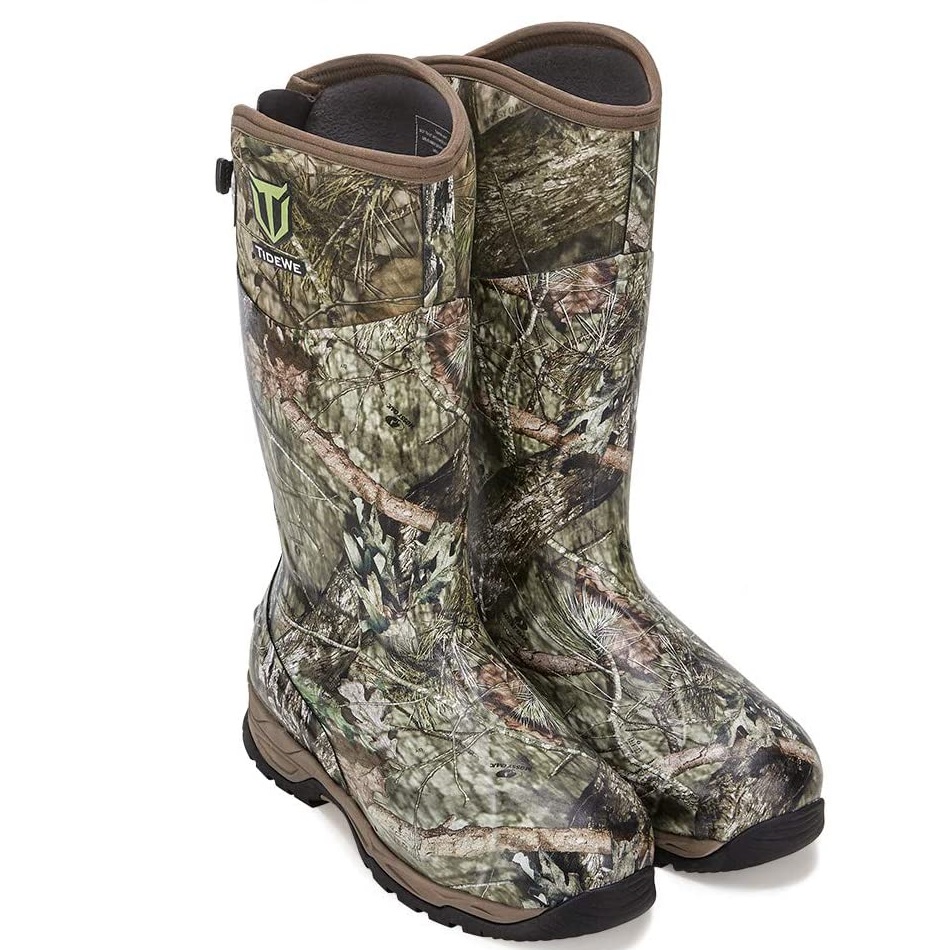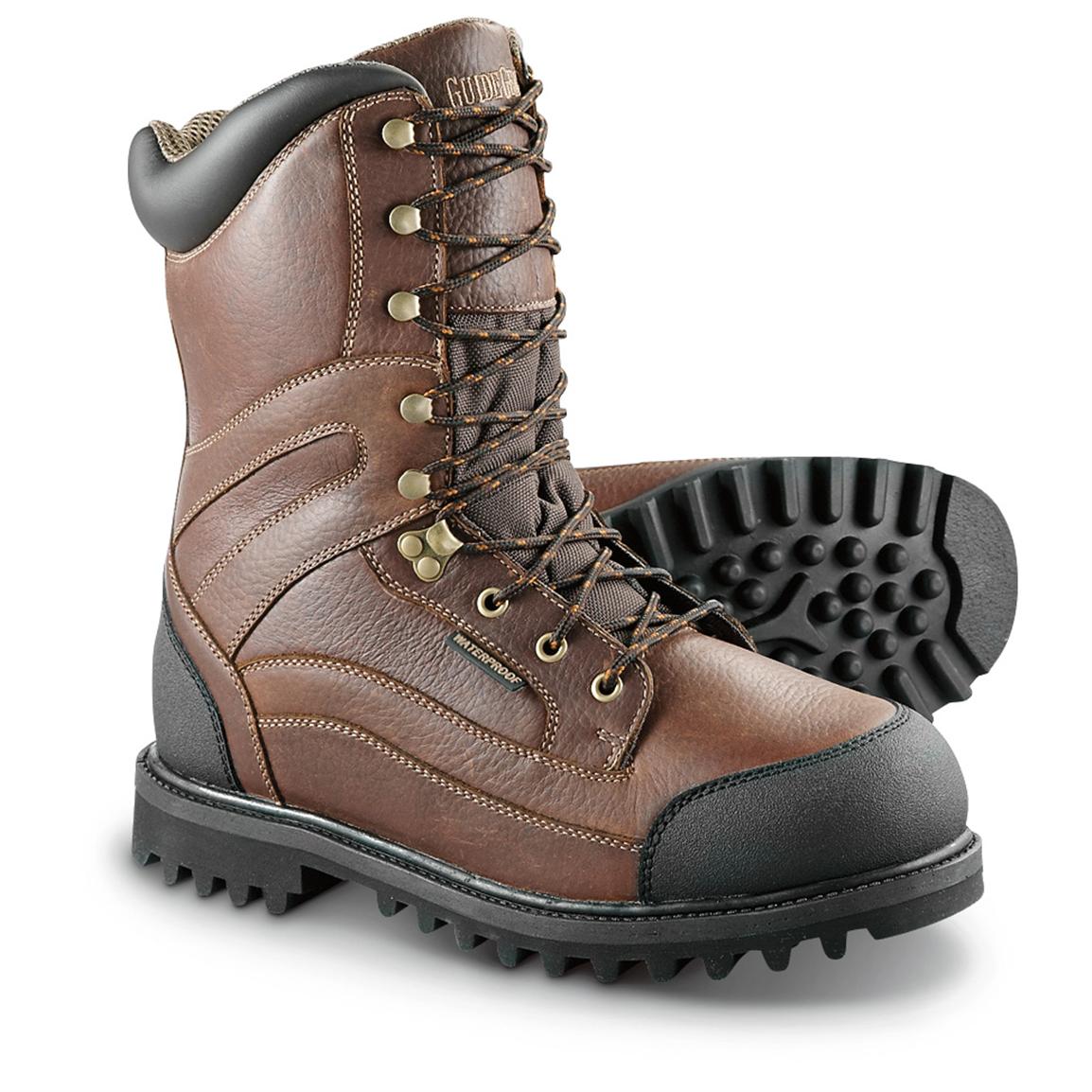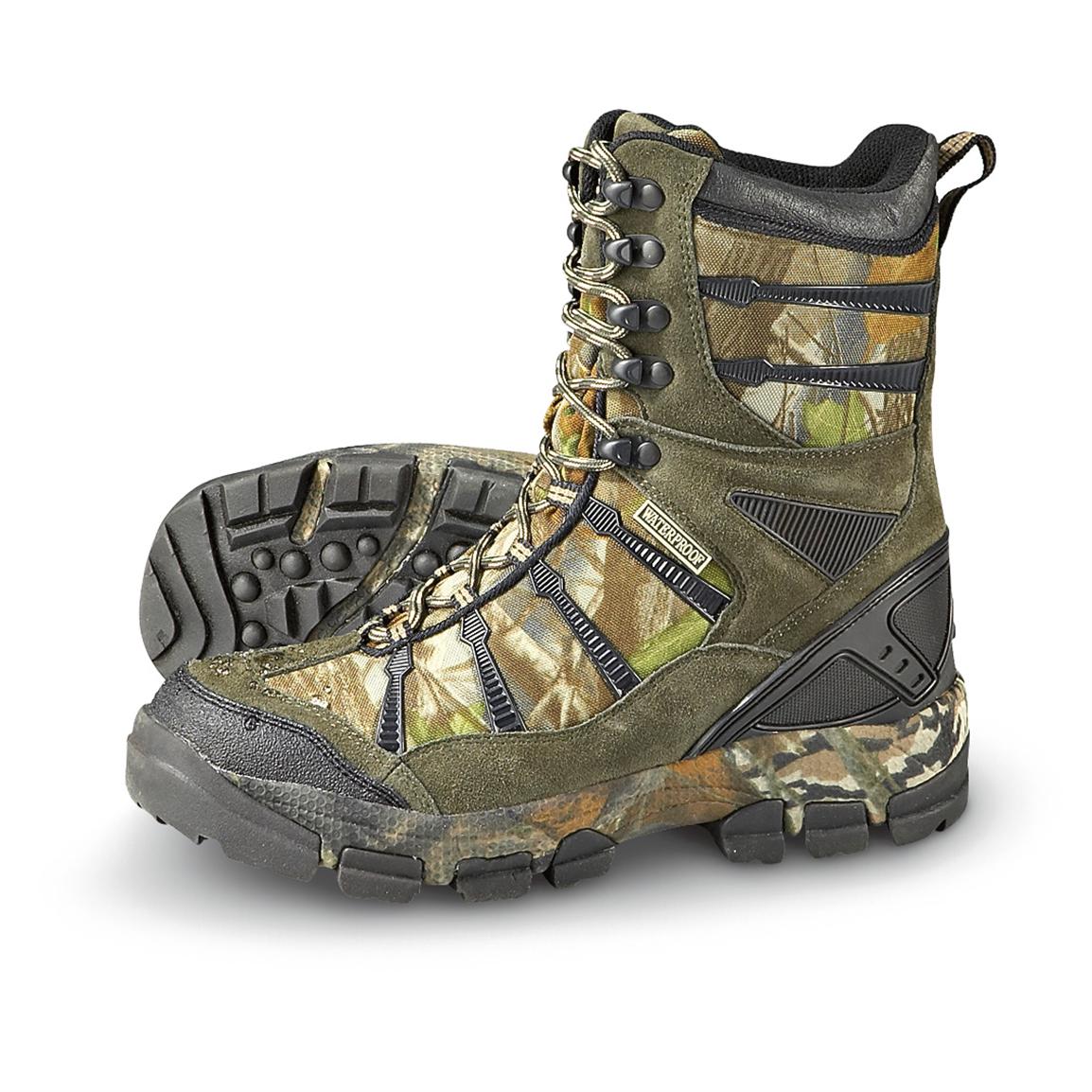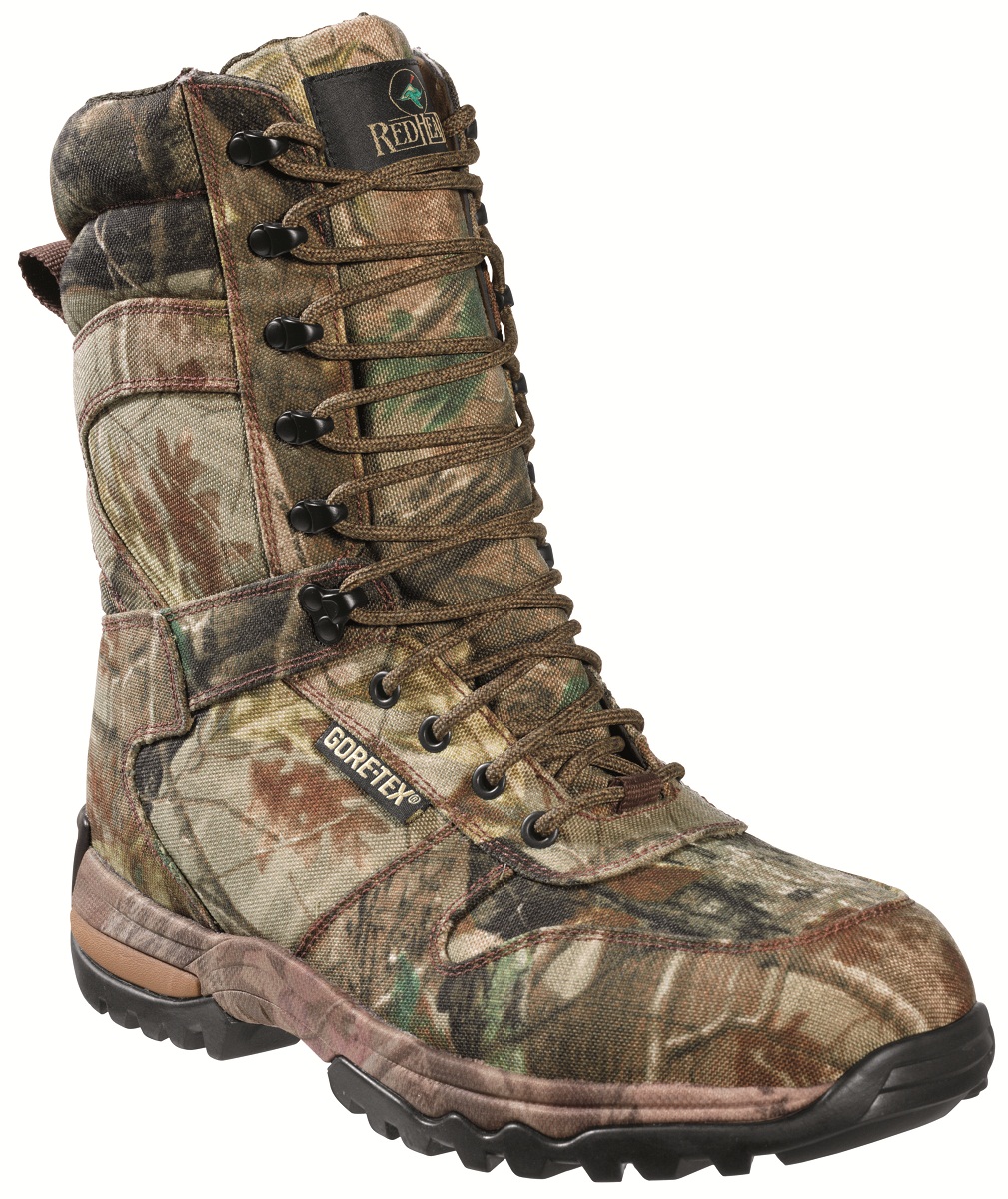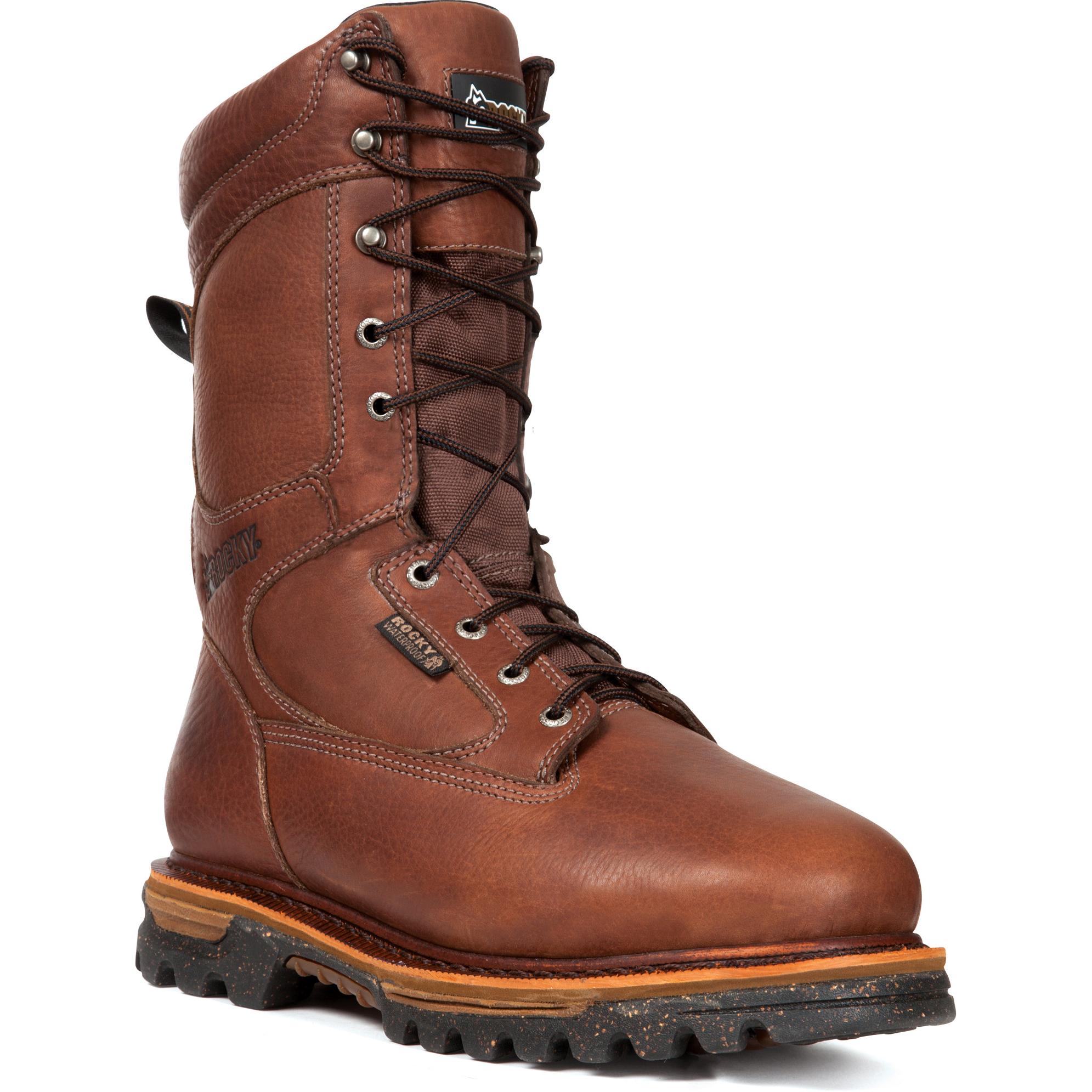Why Insulation Matters in Hunting Boots
Hunting boots are a critical component of a hunter’s gear, and insulation plays a vital role in their overall performance. When asking “what gram insulation for hunting boots” is right for their needs, hunters must consider the impact of insulation on warmth, comfort, and overall hunting success. Without proper insulation, hunters may find themselves struggling to stay focused and alert due to cold feet, which can lead to a decrease in accuracy and overall hunting performance.
In addition to warmth, insulation also affects the comfort of the boots. Boots with inadequate insulation can cause discomfort, blisters, and even injuries, making it difficult for hunters to stay in the field for extended periods. Furthermore, insulation can impact the overall weight and mobility of the boots, which is critical for hunters who need to move quickly and quietly. By choosing the right insulation for their hunting boots, hunters can ensure they stay warm, comfortable, and focused throughout their hunting trip.
Understanding Gram Weight: What It Means for Insulation
When it comes to choosing the right insulation for hunting boots, understanding gram weight is crucial. Gram weight refers to the measure of insulation’s warmth, with higher gram weights indicating greater warmth. For example, a 400-gram insulation will provide more warmth than a 200-gram insulation. However, gram weight is not the only factor to consider when selecting insulation for hunting boots. Hunters must also think about the type of insulation, its density, and its ability to retain warmth in wet conditions.
In the context of hunting boots, gram weight plays a significant role in determining the overall warmth and comfort of the boot. A higher gram weight insulation may be suitable for cold weather hunting, but it may also add bulk and weight to the boot, affecting mobility. On the other hand, a lower gram weight insulation may be ideal for warm weather hunting or high-activity hunting, where mobility is key. By understanding gram weight and its implications, hunters can make an informed decision when asking “what gram insulation for hunting boots” is right for their needs.
How to Choose the Right Gram Insulation for Your Hunting Boots
Selecting the appropriate gram insulation for hunting boots involves considering several key factors. When asking “what gram insulation for hunting boots” is right for their needs, hunters should follow a step-by-step approach to ensure they make an informed decision.
Step 1: Determine the Climate – Hunters should consider the climate and weather conditions they will be hunting in. For cold weather hunting, a higher gram weight insulation (400-600 grams) may be necessary, while warm weather hunting may require a lower gram weight insulation (200-300 grams).
Step 2: Assess Activity Level – Hunters should think about their activity level while hunting. High-activity hunting, such as running and gunning, may require a lower gram weight insulation to maintain mobility, while low-activity hunting, such as stand hunting, may allow for a higher gram weight insulation.
Step 3: Consider Personal Preference – Hunters should consider their personal preference for warmth and comfort. Some hunters may prefer a warmer boot, while others may prefer a cooler boot.
Step 4: Research Insulation Options – Hunters should research different insulation options, such as Thinsulate, PrimaLoft, and Polarguard, to determine which one best meets their needs.
By following these steps, hunters can choose the right gram insulation for their hunting boots, ensuring they stay warm, comfortable, and focused throughout their hunting trip.
The Best Insulation Options for Hunting Boots: A Review of Top Brands
When it comes to choosing the right insulation for hunting boots, hunters have several options to consider. Three of the most popular insulation options are Thinsulate, PrimaLoft, and Polarguard. Each of these insulation options has its pros and cons, which are discussed below.
Thinsulate is a popular insulation option for hunting boots, known for its warmth, lightweight, and breathability. Thinsulate insulation is available in various gram weights, making it suitable for a range of hunting conditions. However, Thinsulate may not perform as well in wet conditions, and its durability has been questioned by some hunters.
PrimaLoft is another popular insulation option, renowned for its water-resistance and warmth. PrimaLoft insulation is lightweight, breathable, and provides excellent warmth even when wet. However, PrimaLoft may be more expensive than other insulation options, and its bulkiness can affect mobility.
Polarguard is a lesser-known insulation option, but it offers excellent warmth, lightweight, and breathability. Polarguard insulation is also water-resistant and provides good mobility. However, Polarguard may not be as durable as other insulation options, and its availability can be limited.
When asking “what gram insulation for hunting boots” is right for their needs, hunters should consider these top insulation options. By understanding the pros and cons of each insulation option, hunters can make an informed decision and choose the best insulation for their hunting boots.
Balancing Warmth and Mobility: The Ideal Insulation for Hunting Boots
Finding the perfect balance between warmth and mobility is crucial when it comes to choosing the right insulation for hunting boots. Hunters need to stay warm and comfortable during long hours of hunting, but they also require mobility to move quickly and quietly through the terrain.
Different insulation options can affect this balance in various ways. For example, Thinsulate insulation provides excellent warmth and lightweight, making it ideal for high-activity hunting. On the other hand, PrimaLoft insulation offers excellent water-resistance and warmth, but its bulkiness can affect mobility.
When asking “what gram insulation for hunting boots” is right for their needs, hunters should consider their activity level and the terrain they will be hunting in. For high-activity hunting, a lower gram weight insulation may be more suitable, while low-activity hunting may allow for a higher gram weight insulation.
Ultimately, the ideal insulation for hunting boots is one that provides the right balance of warmth and mobility. By understanding the pros and cons of different insulation options, hunters can make an informed decision and choose the best insulation for their hunting boots.
By finding this balance, hunters can stay warm, comfortable, and focused throughout their hunting trip, ultimately leading to a more successful and enjoyable hunting experience.
Insulation for Specific Hunting Conditions: What to Consider
When it comes to choosing the right insulation for hunting boots, hunters need to consider the specific conditions they will be hunting in. Different hunting conditions require different levels of insulation, and understanding these requirements is crucial for optimal performance.
For cold weather hunting, a higher gram weight insulation such as Thinsulate or PrimaLoft may be necessary to provide adequate warmth. In wet conditions, a water-resistant insulation like PrimaLoft or Polarguard is essential to keep feet dry and comfortable. For high-activity hunting, a lower gram weight insulation may be more suitable to provide mobility and flexibility.
When asking “what gram insulation for hunting boots” is right for their needs, hunters should consider the specific conditions they will be hunting in. For example, a hunter planning a cold weather hunt may require a higher gram weight insulation, while a hunter planning a high-activity hunt may require a lower gram weight insulation.
In addition to the type of insulation, hunters should also consider the boot construction and materials used. A boot with a waterproof membrane and breathable materials can help to keep feet dry and comfortable, even in wet conditions.
By considering the specific hunting conditions and choosing the right insulation, hunters can ensure they stay warm, comfortable, and focused throughout their hunt. This ultimately leads to a more successful and enjoyable hunting experience.
Insulation and Boot Construction: How They Work Together
When it comes to choosing the right insulation for hunting boots, it’s not just about the type of insulation itself, but also how it works in conjunction with the boot construction. The materials, design, and manufacturing of the boot all play a crucial role in providing warmth and comfort.
A boot with a waterproof membrane, for example, can help to keep feet dry and comfortable, even in wet conditions. This is especially important when paired with a water-resistant insulation like PrimaLoft or Polarguard. The membrane helps to prevent water from entering the boot, while the insulation keeps feet warm and dry.
The design of the boot is also critical. A boot with a breathable mesh lining can help to regulate temperature and prevent overheating, while a boot with a more substantial sole can provide additional warmth and support. The manufacturing process itself can also affect the performance of the insulation, with high-quality manufacturing ensuring that the insulation is evenly distributed and effective.
When considering “what gram insulation for hunting boots” is right for their needs, hunters should also think about the boot construction. A higher gram weight insulation may be necessary for a boot with a more minimalist design, while a lower gram weight insulation may be suitable for a boot with a more substantial sole and waterproof membrane.
By understanding how insulation and boot construction work together, hunters can make an informed decision when choosing the right insulation for their hunting boots. This ultimately leads to a more comfortable and successful hunting experience.
Conclusion: Finding the Perfect Insulation for Your Hunting Boots
In conclusion, choosing the right insulation for hunting boots is a critical decision that can make all the difference in a hunter’s performance and comfort. By understanding the importance of insulation, the concept of gram weight, and the various insulation options available, hunters can make an informed decision when selecting the perfect insulation for their needs.
When considering “what gram insulation for hunting boots” is right for their needs, hunters should think about the specific hunting conditions they will be in, their activity level, and their personal preferences. By balancing warmth and mobility, and considering the role of boot construction, hunters can find the ideal insulation for their hunting boots.
Ultimately, the right insulation can mean the difference between a successful and enjoyable hunt, and a cold and miserable one. By following the guidance outlined in this article, hunters can ensure they are well-equipped to take on any hunting condition, and make the most of their time in the field.


